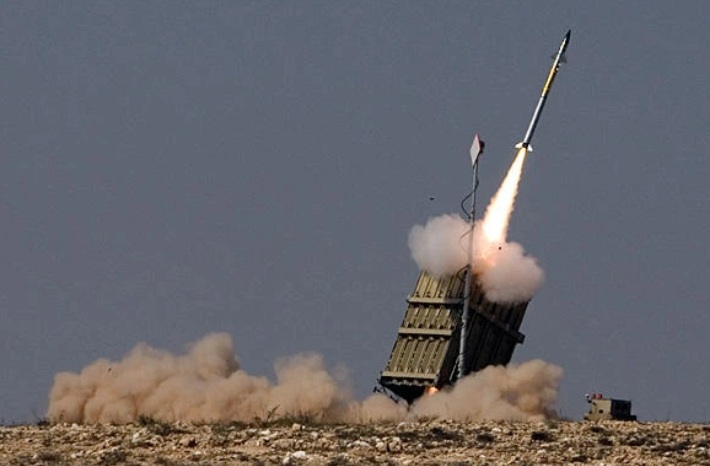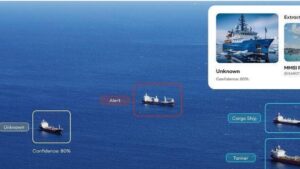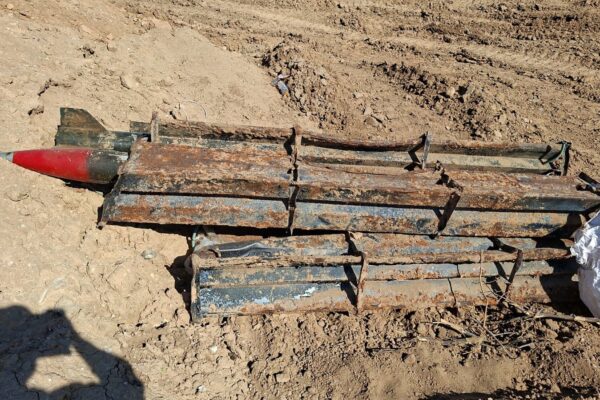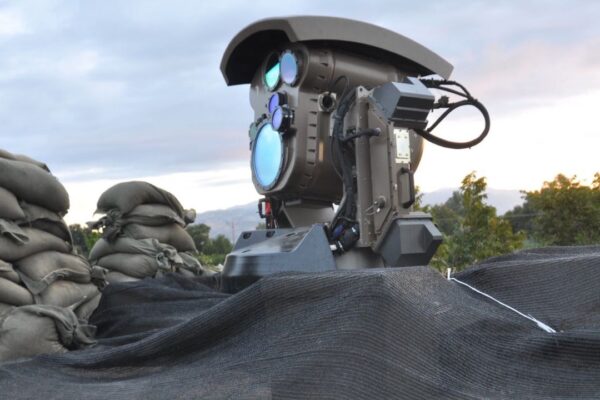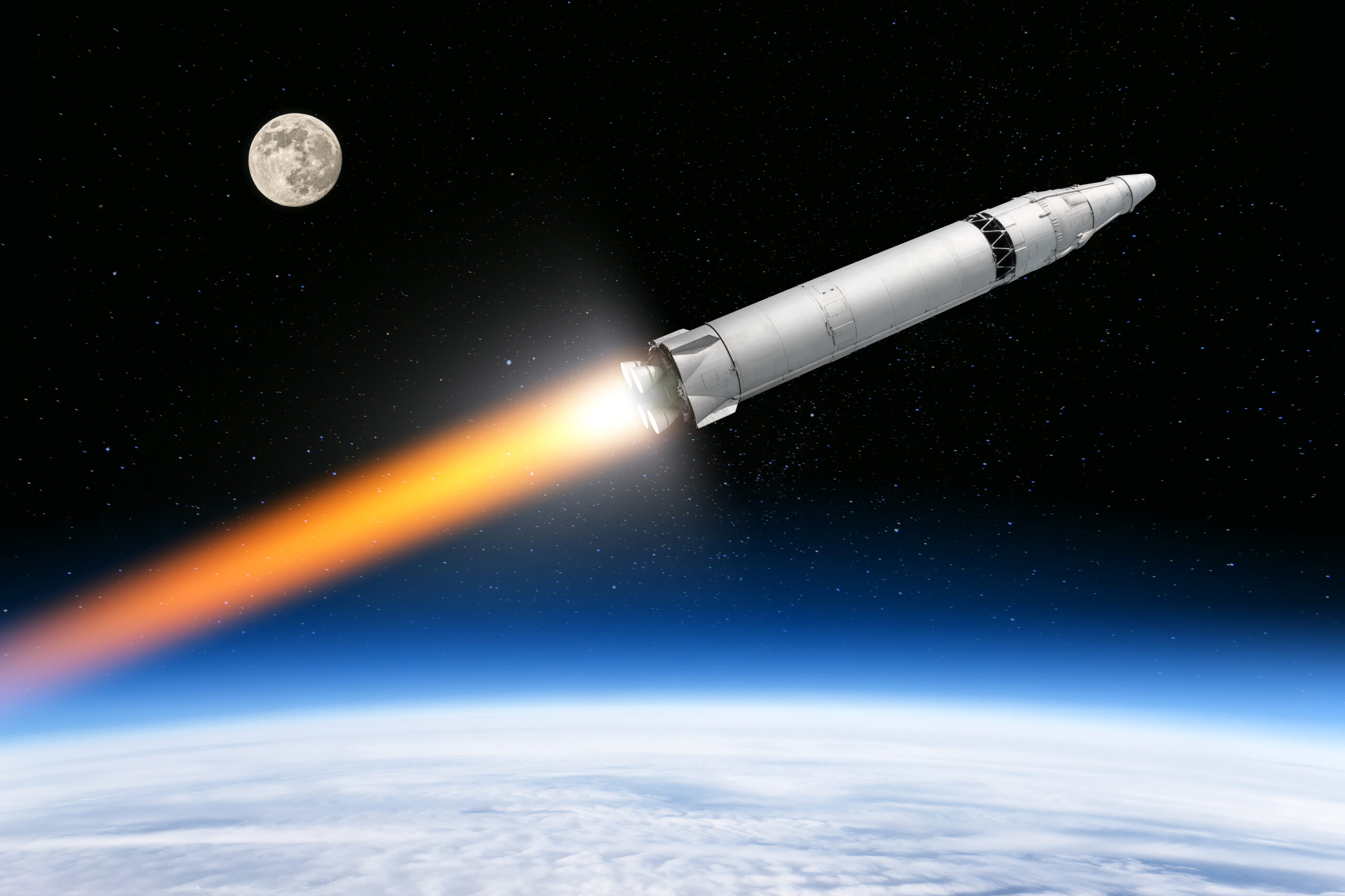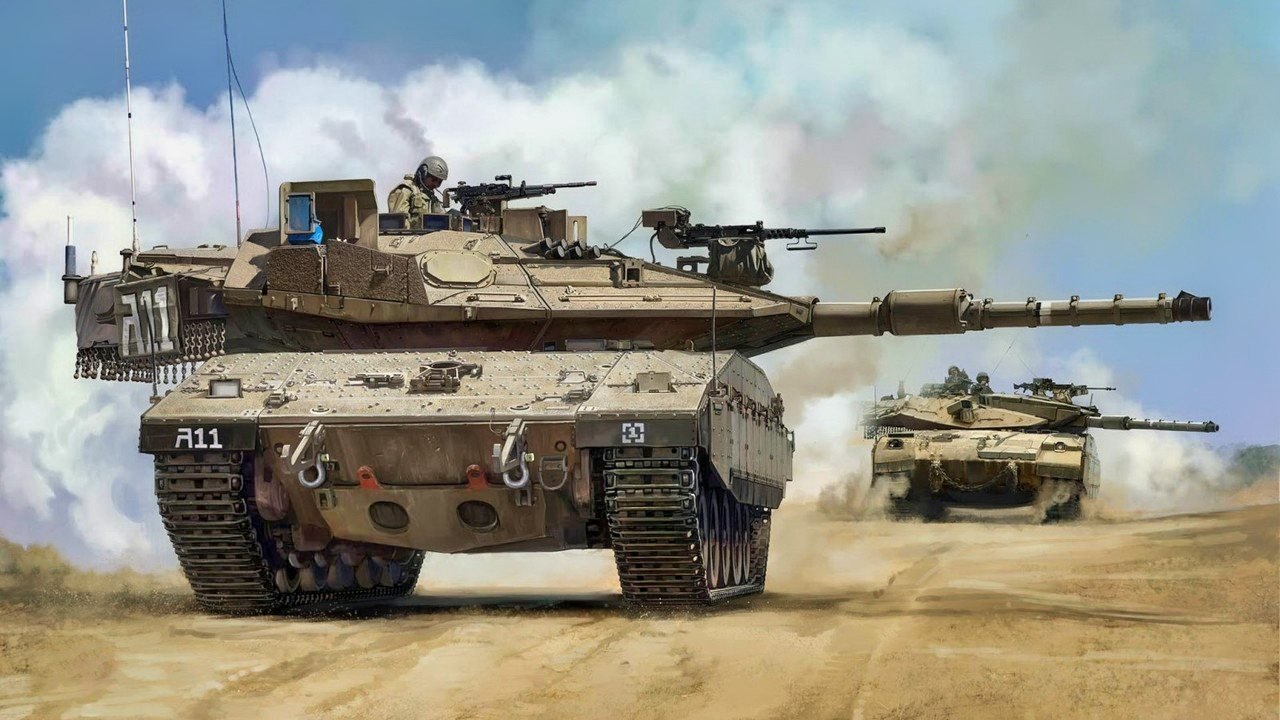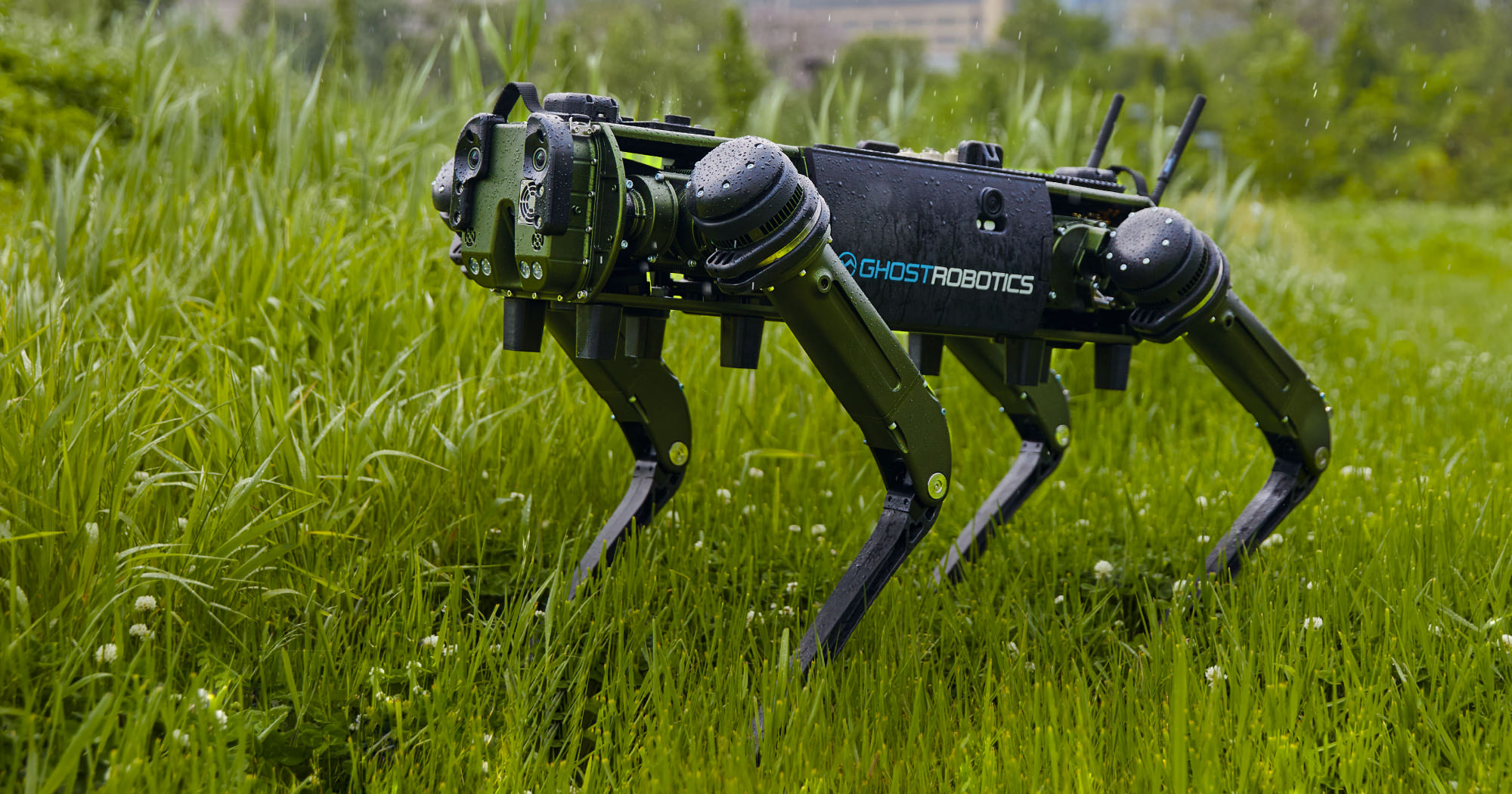Admiration for Iron Dome has inspired the development of Europe’s own missile shield initiative – Sky Shield.
By Hezy Laing
The Iron Dome, Israel’s renowned air defense system, has emerged as one of the most coveted military technologies in the world.
Its popularity, especially among European nations, stems from a convergence of geopolitical urgency, proven battlefield performance, and the need for smarter, more efficient urban defense solutions.
The turning point for Europe’s interest came with Russia’s invasion of Ukraine in 2022.
The war exposed glaring vulnerabilities in European air defense, particularly in Eastern NATO countries like Romania, which share borders with conflict zones.
The threat of missile and drone attacks on civilian infrastructure and military installations prompted a reevaluation of defense priorities.
Romania, in a landmark move, became the first European country to officially purchase the Iron Dome in 2025, signaling a shift toward more agile and responsive defense systems.
Beyond Romania, other European nations have acquired Iron Dome components.
The Czech Republic acquired Israeli radar systems and is taking a “very serious look” at Iron Dome.
Finland is currently evaluating Iron Dome and Barak MX systems for short-to-medium range defense.
Meanwhile Germany opted to buy Israel’s Arrow 3 system instead, but had considered Iron Dome.
The system’s ability to intercept short-range rockets and artillery shells with a success rate exceeding 90% has made it a standout in modern warfare.
Unlike traditional missile defense systems, Iron Dome uses advanced radar and smart targeting algorithms to determine whether an incoming projectile poses a real threat.
If a rocket is headed toward an unpopulated area, the system conserves resources by letting it pass.
This selective interception not only saves money but also ensures that the system remains operational during prolonged attacks.
NATO’s eastern flank, which includes countries like Poland and the Baltic states, is particularly keen on reinforcing its short-range air defense capabilities.
Iron Dome fits seamlessly into this strategy, offering rapid deployment and mobility that traditional systems often lack.
Its compact design allows it to be stationed near urban centers, military bases, or critical infrastructure, making it ideal for layered defense networks.
The system’s success in Israel, where it has intercepted thousands of rockets during conflicts with Gaza, has given it a reputation for reliability and effectiveness.
European defense planners see Iron Dome not just as a tactical asset but as a model for future systems.
This admiration has even inspired the development of Europe’s own missile shield initiative, known as Sky Shield.
Led by Germany and involving over 20 countries, Sky Shield aims to create a continent-wide defense network.
While it’s still in the planning stages, the influence of Iron Dome is unmistakable.
Further east Azerbaijan has reportedly bought the system while India, South Korea and Singapore have all expressed strong interest.
These countries all share borders with volatile neighbors.
In short, Iron Dome isn’t just popular—it’s a benchmark for modern air defense.


